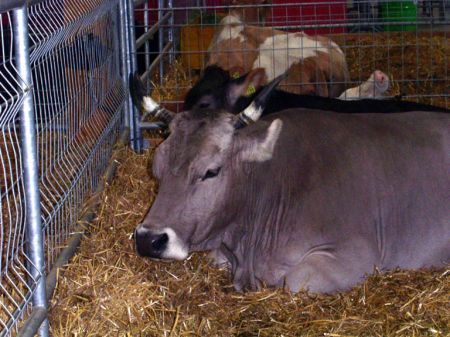On January 1, 2005, a new federal animal protection law came into force in Austria. Due to the new husbandry requirements, many farmers are forced to take adaptation measures. These adaptations range from small, cheap innovations or changes to very cost-intensive new buildings or conversions.
For the purpose of the project, survey forms were developed and farm surveys and measurements were carried out on 52 cattle-keeping farms and experiences were exchanged with the farmers concerned. All values collected were compared with the previously applicable state laws as well as with the draft regulations for the Federal Animal Welfare Act that were available at the time. Essentially, it was about the type of housing system, in detail about stand dimensions, side stand boundaries, barn base, cow trainer, running and feeding aisle widths, floor conditions and the criteria regarding feeding and drinking, light, stable climate, care and interventions.
Some points of the Federal Animal Protection Act and regulations have emerged that are difficult for farmers to comply with. This is particularly the case
- the ban on tethering calves up to 6 months
- compliance with the stand lengths and widths at the tethering stand and
- partly also compliance with the minimum dimensions of the cubicles.
Furthermore, it has been shown that several points of the 1st Animal Husbandry Ordinance require detailed interpretation and instructions for the survey (including the length and width of the stand in tethered housing, minimum dimensions and number of cubicles, minimum areas for group housing or for free stalls with free lying area, etc Animal: feeding space ratio, light, fodder sole).
The nationwide Animal Protection Act, which came into force on January 1, 2005, laid an important foundation for the regulation of the keeping of agricultural animals. Further educational work is needed for the affected farmers. The Federal Animal Protection Act represents a challenge but also a great opportunity for Austrian agriculture.







